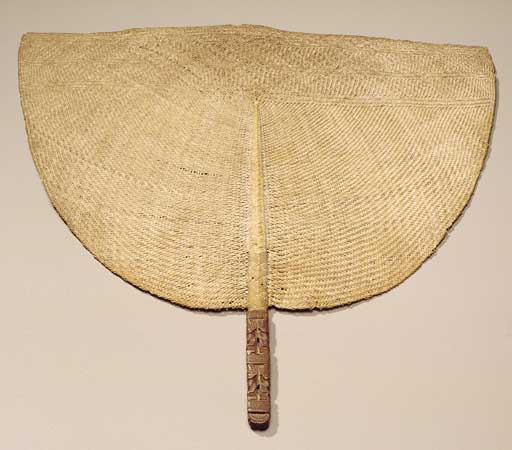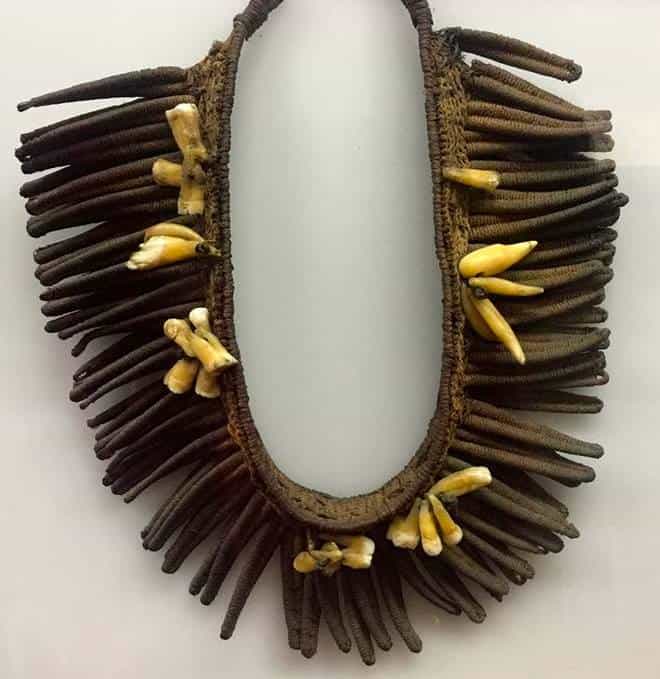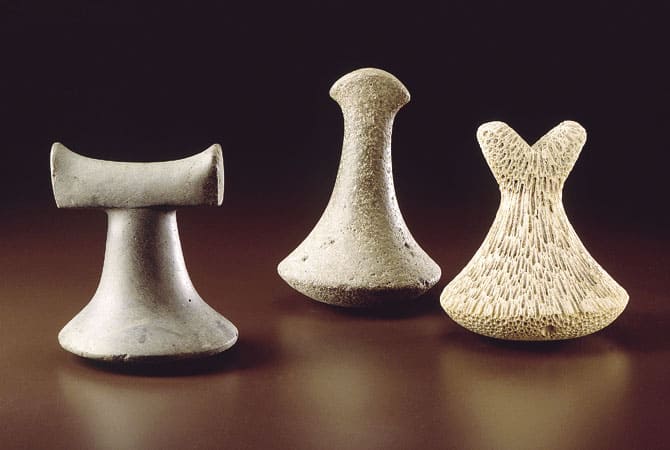Date / Time
Date(s) - Monday 1 January 2018 to Sunday 16 September 2018
9 h 00 - 17 h 00
Opening hours
Categories
Import in
+ ICal + Google Agenda
The permanent exhibition rooms of the Museum of Tahiti invite you to discover the riches of Polynesia and its culture.
The four rooms offer you a series of steps in the knowledge of the natural environment and the settlement of the islands, the material culture and the daily, social and religious life of the ancient Polynesians, as well as an evocation of the consequences of the contact with the Europeans on Polynesian society. A visit which will allow you to discover the ethnographic collections of the Museum before the closing of the rooms by the end of the year.
The first room is devoted to a presentation of the natural environment: formation of islands and plant communities, animal and human of French Polynesia. The presentation of the natural environment is intended to provide the essential data for understanding the environment. This section also covers the Island of the Ocean of South Africa, at the 3-year-of-the-three of: migrations, the languages and discoveries of archeology.
The second room presents the material culture and aspects of the daily life of the ancient Polynesians through the collections of adzes, tools, basketwork and drumsticks. The tattoo and the tapa are approached there, and a collection of ornaments of all the archipelagoes makes it possible to highlight the exceptional invoice of these pieces. Navigation and fishing are also explanatory, especially through a presentation of hooks, and their presence to the total adaptation of Polynesians to the marine environment.

The third space of the Museum evokes the social and religious life of the five archipelagos. The showcase dedicated to sports and games suggests the links that could exist between objects and their function, their social or sacred dimension … Music and dance, still essential in contemporary cultural expression, are also evoked, including a drum Raivavae whose finesse will amaze you. A central platform includes several Ti’i and Tiki, remarkable, associated with the window dedicated to the ancient religion which presents the statuettes and to’o sacred. Finally a showcase gathering the objects of prestige you will discover the finesse and refinement of these pieces formerly for chefs.

The last room evokes the arrival of European navigators, missionaries and the transformations generated by these contacts, including the introduction of the first printing presses. The showcases evoke the progressive opening of Polynesia to the outside world, including the arrival of the Chinese community, the export of mother-of-pearl, vanilla and the influence of writers who helped to publicize Tahiti and the islands Polynesian. A tribute is also paid to the Pacific Battalion and its participation in the two world wars. The tour ends with the outdoor pavilion with several canoes, including one that once belonged to Queen Pomare IV, as well as a remarkable Western-style whaler crafted according to Polynesian methods. The garden of Hiti, which groups the low plants used in the daily life of the ancient Polynesians, will complete this presentation of the Polynesian culture ancestral.
A guided tour of the permanent exhibition hall is offered each Wednesday morning at 9.15 by the Museum’s teams. A free tour of Hiti Garden is also organized every Tuesday morning free of charge.



